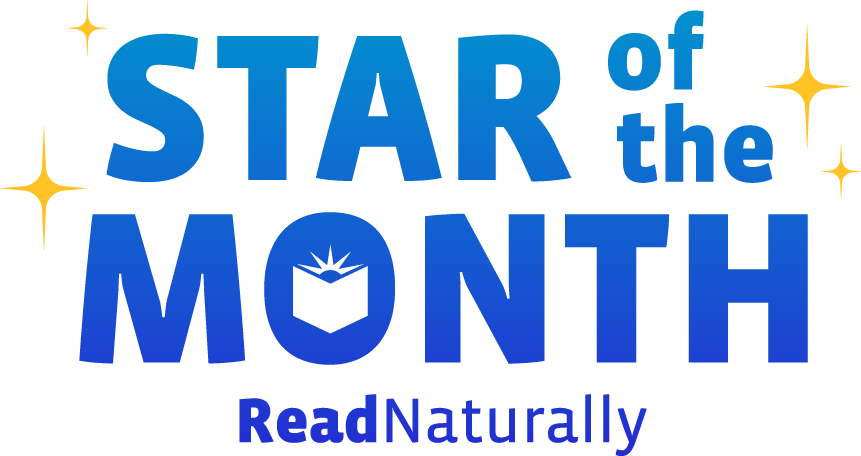Every year around this time, we like to remind teachers of the importance of checking their students’ initial Read Naturally placement. After the student completes three to six stories, you have more specific data about how they are performing in both fluency and comprehension. This is the point at which you should check initial placement to see whether adjustments to the initial level and goal are needed.
Read more The start of the school year is all about getting to know your new students—their personalities, their interests, and their individual needs. Determining which students need extra support in reading, and what that support should look like, are some of the most important decisions you’ll make this year. Thankfully, we’re here to help. Educators can choose from a number of reputable assessments to screen for reading concerns. From there, Read Naturally can help you interpret the data and choose the appropriate intervention.
Read more Students taking high-stakes tests must have the capacity to read for extended periods of time. Whether they’re reading a series of questions, or reading to comprehend a lengthy passage, endurance is crucial to their success. How can we help build reading stamina?
Read more We love providing educators with free resources. Not only do these materials help struggling students, but they tend to make teachers’ lives easier. In recent weeks, we’ve shared free resources to help students correct common spelling errors as well as free resources to help students master visually confusing letters. This week, we’re sharing three free supplemental resources for students working in Read Live and Encore.
Read more In order to know whether a student has made enough progress to exit a Read Naturally program, you need to assess the student with grade-level material. It is important to celebrate your student’s daily growth from cold to hot timings in a story, the student’s goal being increased and the student moving up a level. It is also exciting to see a student’s cold-timing scores increase from story to story. These are all indications that the student’s reading skills are improving and that he or she is making progress in the program. But it is essential to keep the long-term goal in mind.
Read more “Why do you have a level 5.6…What happened to level 5.5?” This question comes into our customer service department fairly frequently, though there’s no official tally. I have actually wondered about this myself! Here is the history on Level 5.6, from one of our original writers:
Read more The fact that so many students love working in Read Naturally programs brings us great joy. But we are most delighted when students no longer need our programs. The whole point of a Read Naturally intervention is to one day exit the program as a fluent and confident reader. The sooner this day comes for a student, the better!
Read more Here’s some food for thought: When multilingual learners come across common English idioms in text, confusion can hit like a ton of bricks. Although these expressions are second nature for native speakers, they are clear as mud for learners of the English language. Especially when these learners are struggling to read, idioms can add insult to injury. Let’s throw them a bone, shall we?
Read more One of the things that sets Read Naturally programs apart is our high-interest, nonfiction stories. Struggling readers need to feel motivated to read, so we try to find unique topics that will hold their interest and spark their curiosity. When we read about the work of the nonprofit APOPO, not only were we inspired by its mission, but we knew we had the makings of a great story. Since then, our Rats to the Rescue story in Read Live and Encore II Level 5.6 has become a crowd favorite.
Read more Our teacher’s manuals are packed full of useful information about how to implement our programs effectively. They’re extraordinarily well researched and include hundreds of helpful suggestions. Have you read them recently? Cover to cover?
Don’t worry if the answer is no. We know how busy teachers are, and we want to make it easy on you to implement our programs with fidelity. That’s why we’ve created Fidelity Checklists. Download as many as you’d like—they’re free on our website!
Read more  Share your student’s success story—nominate him or her for our Star of the Month award. Win a Barnes & Noble gift card for the student and a Read Naturally gift certificate for your class!
Share your student’s success story—nominate him or her for our Star of the Month award. Win a Barnes & Noble gift card for the student and a Read Naturally gift certificate for your class!